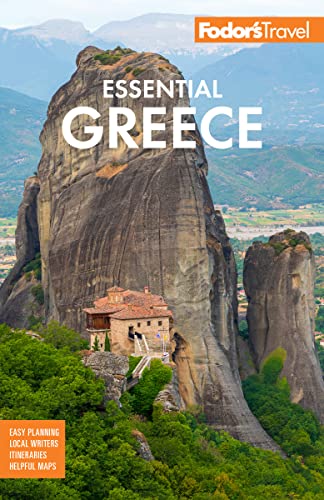Fanning north from the slopes of the Acropolis, picturesque Plaka is the last corner of 19th-century Athens. Set with Byzantine accents provided by churches, the Old Town district extends north to Ermou Street and eastward to the Leofóros Amalias. During the 1950s and ’60s, the area became garish with neon as nightclubs moved in and residents moved out, but locals, architects, and academicians joined forces in the early 1980s to transform a decaying neighborhood. Noisy discos and tacky pensions were closed, streets were changed into pedestrian zones, and old buildings were restored. At night merrymakers crowd the old tavernas, which feature traditional music and dancing; many have rooftops facing the Acropolis.
Set in the shadow of the Acropolis and often compared to the whitewashed villages of the rural Greek islands, the Anafiotika section of the Plaka is populated by many descendants of the Anafi stonemasons who arrived from that small Cycladic island in the 19th century to work in the expanding capital. It remains an enchanting area of simple stone houses, many nestled right into the bedrock, most little changed over the years, others stunningly restored. Cascades of bougainvillea and pots of geraniums and marigolds enliven the balconies and rooftops, and the prevailing serenity is in blissful contrast to the cacophony of modern Athens. In classical times, this district was abandoned because the Delphic Oracle claimed it as sacred ground. The original residents erected their homes overnight, as they took advantage of an Ottoman law decreeing that if you could put up a structure between sunset and sunrise, the property was yours.
Today, the residents are seldom seen—only a line of wash hung out to dry, the lace curtains on the tiny houses, or the curl of smoke from a wood-burning fireplace indicates human presence. Perched on the bedrock of the Acropolis is Ayios Georgios tou Vrachou (St. George of the Rock), which marks the southeast edge of the district. One of the most beautiful churches of Athens, it is still in use today. Ayios Simeon, a neoclassical church built in 1847 by the settlers, marks the western boundary and contains a copy of a famous miracle-working icon from Anafi, Our Lady of the Reeds. The Church of the Metamorphosis Sotiros (Transfiguration), a high-dome 14th-century stone chapel, has a rear grotto carved right into the Acropolis.




